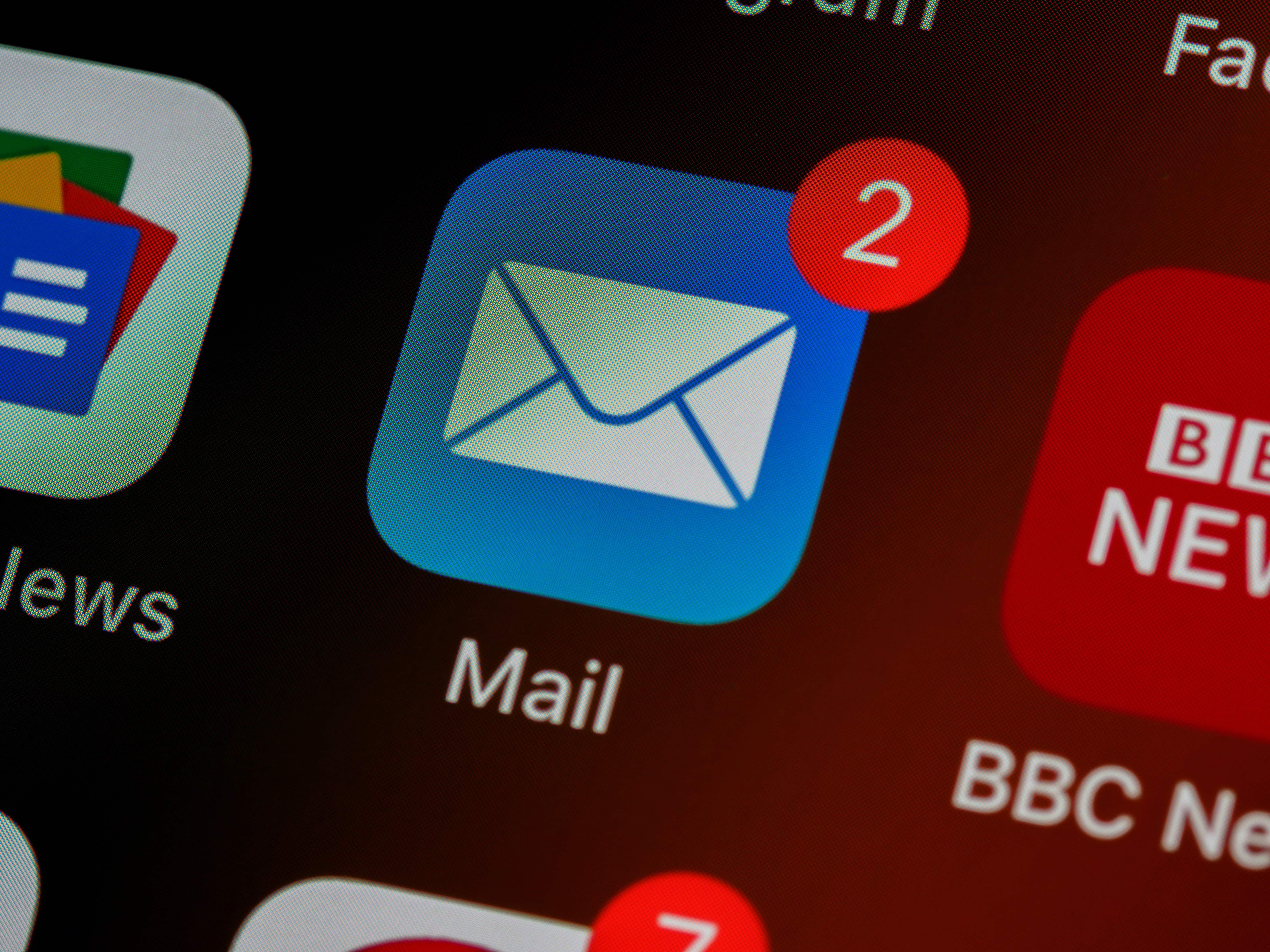You try, write, choose words, and nothing works. Your potential partners and investors don’t open your business emails or delete them without answering. Is it a familiar situation? What are the best practices for business emails so that recipients read it to the end?
Table of Contents
The Best Practices for Business Emails
Professional business emails are the most important means of communication in the workplace. You send them to your colleagues, management, customers, and business partners. There are 11 rules to save you time and solve your work problems faster.
1. Start Your Email Naturally
What are the greetings for business emails? So, to start a business letter, you first need to address it to a specific person. A business letter should always be written in a neutral tone “Hello, Mr. /Mrs.”
2. Specify Business Emails Names
If there are 2 or 3 recipients, write each name and separate the information in the text. Each block should begin with the name of the recipient. If you have female recipients, you should contact them first. You should highlight names in the background, so recipients can quickly see their block without spending time reading the entire email.
3. Start With a Killer Subject Line
Write a short letter with keywords to help you or the other person find the letter when needed. Use a few general words and link to something specific. Here are the business emails examples: “Harmonization of printed matter” says nothing. It would be better to write the “Harmonization of Oil & Gas 2022 conference brochure”.
4. Write the Essence of the Email in the First Line
In 80% of cases, the purpose of emails for small businesses is to get the other party’s reaction. Therefore, the recipient should immediately understand the purpose of your email and what actions you expect from them. You can explain, decipher, and comment on it if you want. But at the end of the narrative block, you need to specify the answer, the consent question, or the expected action.
5. Format Text for Reading
- Blocks for different recipients should start with the name of the recipient.
- A semantic block should begin with a title.
- Have no more than two paragraphs in a block.
- Lists with more than 5-7 points should be divided into semantic blocks into two columns.
If you are unsure whether you can do it yourself or not, then you can use business email templates.
6. Don’t Write Emails Larger Than an A4 Sheet.
Large small business emails often have many unresolved problems. It may make more sense to have a Skype meeting or a personal conversation than to write a long email. The longer the text, the sooner it will not be read to the end or misunderstood.
7. Check the Text Before Sending
If you write your email in an editor that doesn’t have a built-in spell checker, use special tools to fit it. If the email is long and it took you a long time to write, read it from beginning to end. Too long sentences should always be simplified and corrected.
8. Attachments
One of the most commonly overlooked best practices for business emails is attachment etiquette. If you add an attachment, please attach the file itself first before writing the email. Then, write the file’s name. You need to name the files according to the same logic as the subject of the text — by name, just understand the essence of the content and, if necessary, quickly find it by keywords.
If you send the source, please also apply the preview. For example, if the archive contains a password, the email body must contain the password.
Indicate why you attached the file and what your request is for the other party.
9. Be Polite and Correct
Regardless of the style of communication or the other person’s position, you should always try to use polite speech to write the best emails for small businesses. You represent the company, and the recipient sees your words as the company’s position; in this regard, there is no room for mistakes.
10. Name and Signature
When you write closings for business emails, remember that the name in your mailbox settings must match your real name. Pseudonyms and nicknames are not allowed.
11. Respond Quickly
Senders don’t expect an immediate response to their emails, but most people respond to email messages within an hour. Therefore, respond to emails as soon as possible. As far as best practices for business emails go, if you are directly responsible for emails (you are a support or project manager), try to respond within 15-30 minutes. If your primary task is not communication, take time twice a day to analyze emails and replies.
Conclusion
Always pay attention to tone expressions. Don’t write anything that may hurt others or negatively affect the image of your employer. There are many rules and business email ideas, but you don’t need to memorize them. The most important thing is to respect each other and strive for a common goal.










